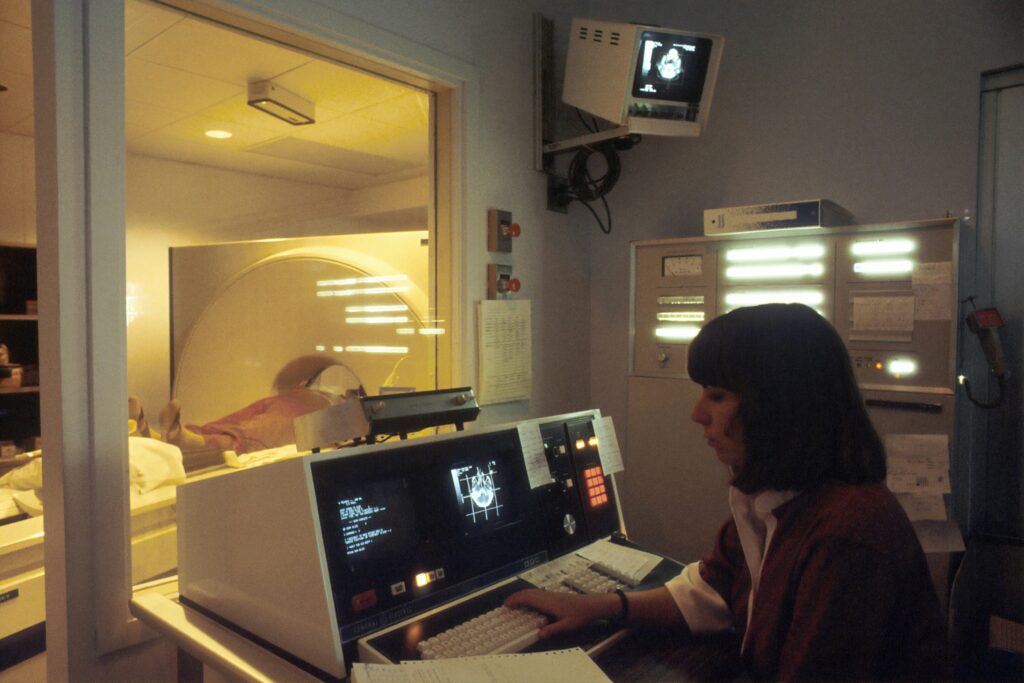
The liver has been identified as a critical player in the progression of cancer cachexia, a wasting syndrome that affects up to 80% of cancer patients. This groundbreaking discovery was made by researchers at Helmholtz Munich, who found that a specific gene in the liver, known as REV-ERBα, is silenced in cachexia, leading to severe metabolic disruptions.
Using a mouse model, the research team demonstrated that the liver’s “internal clock” is almost completely shut down in cachexia. Dr. Doris Kaltenecker, co-first author of the study, explained, “After reactivating the gene, known as REV-ERBα, specifically in the liver of affected mice, the loss of body mass was significantly reduced.”
The Silenced Clock Gene
In healthy individuals, the REV-ERBα gene regulates liver activity throughout the day. However, in cachexia, this gene ceases to function properly. The researchers showed that when this clock gene is inactive, the liver releases increased levels of signaling molecules that exacerbate the disease.
Three key hepatokines, LBP, ITIH3, and IGFBP1, were identified as central to this mechanism. In cell culture experiments, these molecules triggered catabolic processes in muscle and fat cells, leading to the physical wasting characteristic of cachexia. Moreover, elevated levels of these proteins were found in the blood of cachectic cancer patients.
Liver-Derived Signaling Molecules Drive Cachexia
The study revealed that targeted inhibition of these hepatokines in preclinical models successfully mitigated their harmful effects. “For the first time, we were able to show that the liver is not merely a passive responder to cachexia, but actively contributes to the progression of the disease,” stated Dr. Mauricio Berriel Diaz, who led the study.
This discovery opens new avenues for diagnosis and therapy. The comprehensive data resource provided by the study includes molecular networks and cell type-specific changes, offering a valuable tool for further research.
Perspectives for Diagnosis and Therapy
The implications of this research are significant. In the long term, the identified factors could serve as biomarkers for cachexia risk or as targets for new therapies. “Given that there is currently no approved treatment for cachexia, we urgently need new approaches,” emphasized Prof. Stephan Herzig, Director of the Helmholtz Diabetes Center.
This study highlights the importance of systemic organ interactions in cancer progression. By understanding these interactions, researchers hope to develop more effective treatments for cachexia, a condition that severely impacts the quality of life and survival rates of cancer patients.
About the Researchers
Dr. Doris Kaltenecker, a scientist at the Institute for Diabetes and Cancer (IDC) at Helmholtz Munich, co-authored the study. Dr. Mauricio Berriel Diaz serves as Deputy Director of the IDC and led the research team. Prof. Stephan Herzig, Director of the Helmholtz Diabetes Center, also contributed to the study.
About Helmholtz Munich
Helmholtz Munich is a leading biomedical research center focused on developing solutions for better health. The center specializes in environmentally triggered diseases and employs interdisciplinary research teams to accelerate patient care through artificial intelligence and bioengineering. With around 2,500 employees, Helmholtz Munich is part of the Helmholtz Association, Germany’s largest scientific organization.
The findings from this study not only provide new insights into the role of the liver in cancer cachexia but also offer hope for developing effective treatments for this debilitating condition. As research continues, the potential for new diagnostic and therapeutic strategies grows, promising a brighter future for patients affected by cachexia.






